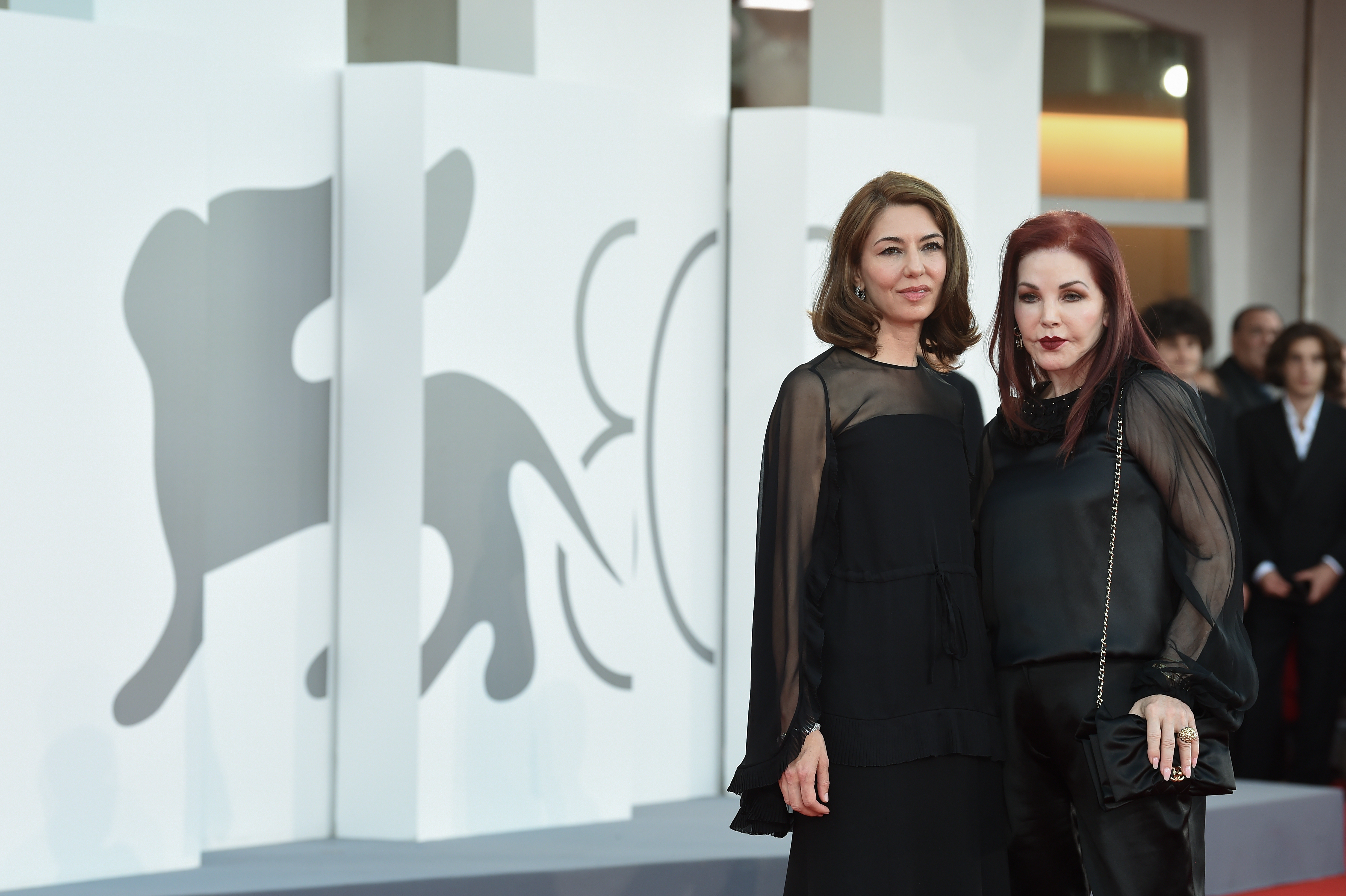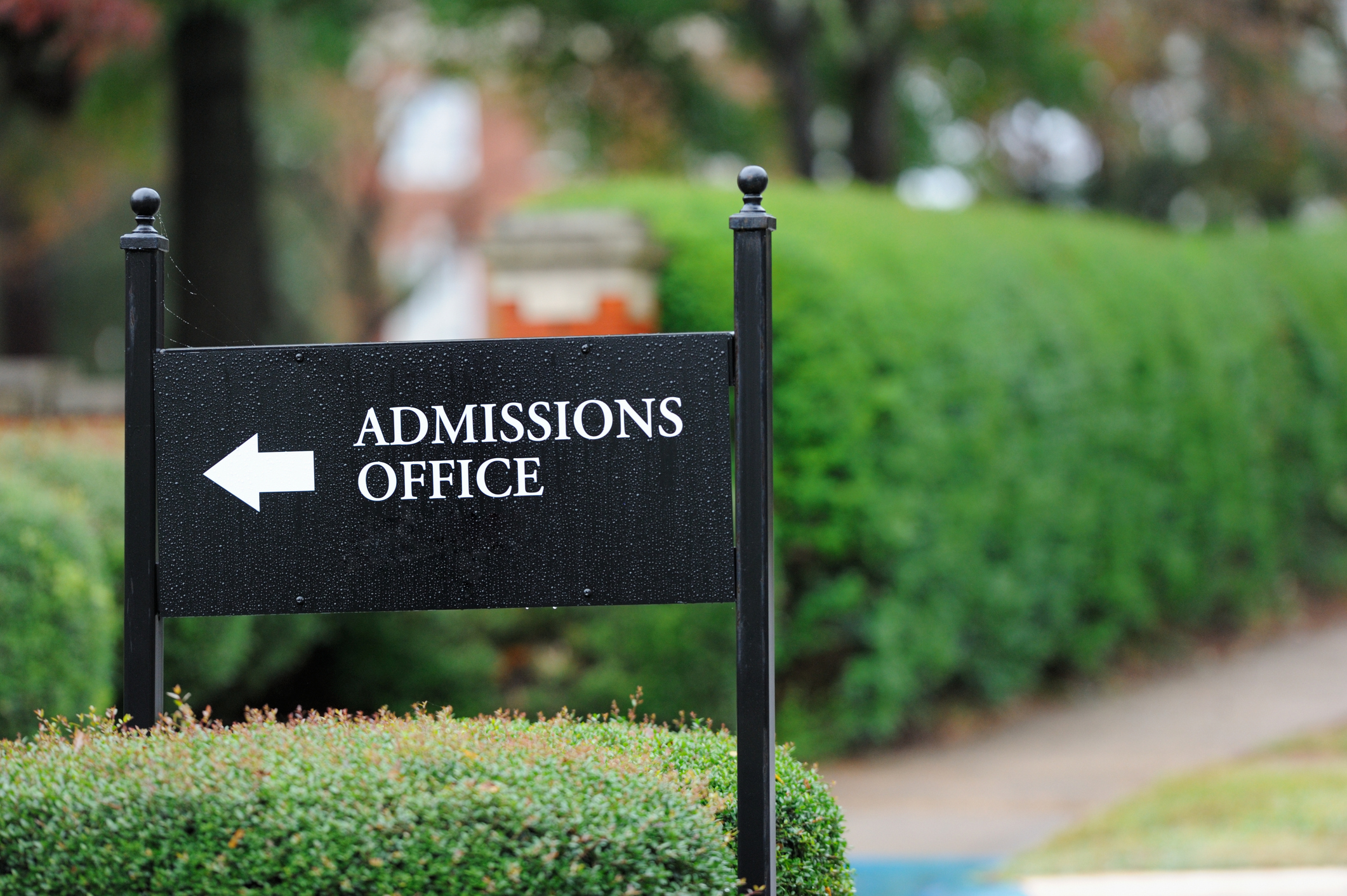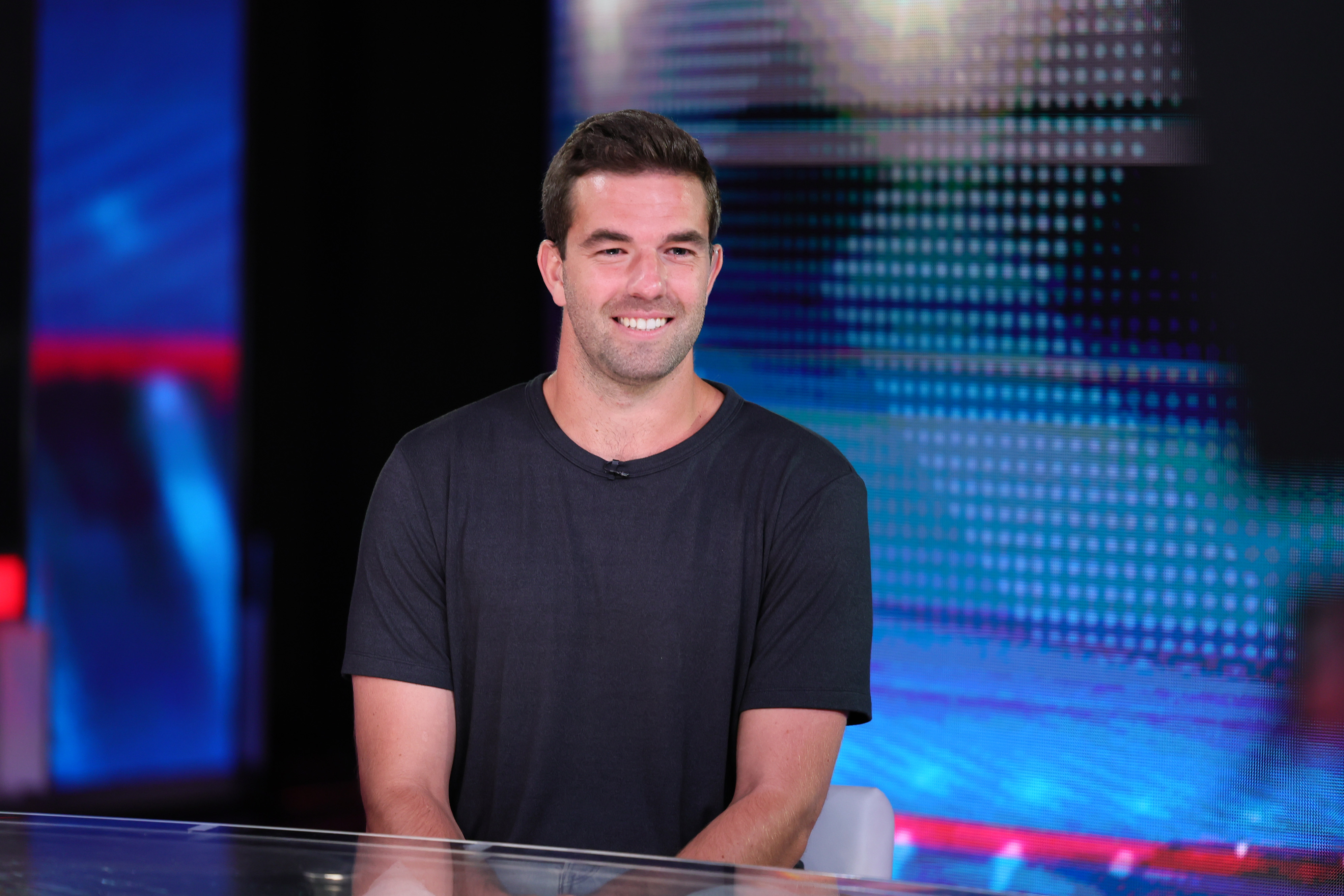Life after adoption
Abortion opponents say unwanted pregnancies should end in adoption. What happens when a child is given up?

Abortion opponents say unwanted pregnancies should end in adoption. What happens when a child is given up? Here's everything you need to know:
Are all unwanted babies adopted?
No, despite a strong demand by couples who can't have children. In a leaked draft opinion of a Supreme Court decision that could enable state abortion bans, Justice Samuel Alito cited a 2002 federal report that the nearly 1 million Americans seeking to adopt far outstripped the "domestic supply of infants." A birth mother, he argued, thus "has little reason to fear that the baby will not find a suitable home." Only about 18,000 American infants are relinquished by new mothers each year, so it's true that there is strong competition for most of those babies through private adoptions or agencies. Directly paying for babies is illegal in every state, but adoptive parents and agencies enter into agreements with pregnant women that provide from $15,000 to $45,000 to cover their legal, medical, and other expenses. Still, not every child put up for adoption finds a good home.
The Week
Escape your echo chamber. Get the facts behind the news, plus analysis from multiple perspectives.

Sign up for The Week's Free Newsletters
From our morning news briefing to a weekly Good News Newsletter, get the best of The Week delivered directly to your inbox.
From our morning news briefing to a weekly Good News Newsletter, get the best of The Week delivered directly to your inbox.
What's the problem?
Adoptive parents generally want the youngest, healthiest, least troubled children possible. They also have clear racial preferences: New York University economist Allan Collard-Wexler found in 2010 that on average it was $8,000 more expensive to adopt a white baby than a Black one. Among babies adopted in 2020, according to Statista Research, 29,325 were white, 11,631 were Hispanic, 9,588 were Black, and 5,304 were mixed-race. The racial disparity may partly reflect the fact that Black teens are less likely to put babies up for adoption than white ones, and more likely to have family members raise an unwanted child. But it's also a product of the market pressures within the adoption industry, which is rife with profiteering and exploitation. Pregnant women who sign contracts to turn over their babies have reported being threatened with having to repay all costs if they back out. "Special needs" infants come at a major discount. Children that no one adopts often wind up in foster care. Today, approximately 400,000 children linger in the foster-care system.
What's life like in foster care?
It's often grim. Nearly half of foster children are eventually reunited with their original parents or guardians, but 10 percent grow up being shuttled among families and institutions until age 18 or 21, suffering a lot of damage along the way. By age 26, according to a National Conference of State Legislatures report, 36 percent of those who grew up in foster care have experienced homelessness, and only 8 percent have earned a college degree. In foster care, life can be bleak. Though child-welfare workers usually prefer putting children in family settings, a 2017 study found that about a third of teenage foster children lived in group homes or institutions, which advocates have compared to prisons. A 2020 Children's Hospital of Philadelphia study found that children in the system often suffered trauma and were 42 percent more likely to die young than their peers. "If the state were a parent," said University of Texas social work professor Catherine LaBrenz, "they'd be charged with child neglect."
A free daily email with the biggest news stories of the day – and the best features from TheWeek.com
How do adoptees fare?
Many wind up in loving, stable homes, but nonetheless can face major emotional challenges and vulnerabilities. Attachment to the birth mother starts in the womb, so even newborns can experience trauma from the separation. A 2013 American Academy of Pediatrics study found that adoptees were four times more likely to attempt suicide than their peers. The birth mothers, meanwhile, often experienced strong, lasting feelings of guilt and abandonment. Race can be a complicating factor: About 28 percent of domestic adoptions are now transracial, and University of Minnesota psychology professor Richard Lee says that white adoptive parents "tend to overestimate" their preparedness for helping their nonwhite children navigate racial issues. Between 2008 and 2020, a recent USA Today investigation found, 66,000 adoptees were given up and placed in foster care, often because their adoptive families couldn't deal with their medical, social, or emotional problems.
What happens if Roe is repealed?
There may not be a major surge in the "domestic supply of infants." Many women will simply go to other states for abortions, and a majority who carry to term will not give up the babies. The 2020 Turnaway Study, in which University of California, San Francisco researchers followed nearly 1,000 women who sought abortions, found that only 9 percent of those who were turned away put the babies up for adoption. In the 1950s and '60s, unmarried women were heavily pressured into giving up their newborns, but taboos around single motherhood have weakened, and nearly a quarter of children now live in one-parent households. Many grown adoptees, meanwhile, argue that they deserve a bigger voice in the national conversation and that their existence shouldn't be politicized. "It is viciously cruel to use any sort of displacement of a child to push your political agenda," said now-31-year-old adoptee Kirsta Bowman. "Adoption does not guarantee a better life. It guarantees a different life."
Foster care and race
Many of the children in foster care land there because of interventions by the child-welfare system that critics say are tainted by racism. African-American children make up about 14 percent of the U.S. child population but 23 percent of those in foster care. A 2016 Washington University in St. Louis study found that 53 percent of Black Americans have had their homes investigated by Child Protective Services by the time children turn 18. Poverty, which affects more than 30 percent of Black children, plays a central role. According to Health and Human Services data, 64 percent of foster children enter the system not because of physical or sexual abuse but "neglect" — a vague concept that can easily apply to common conditions within an impoverished home, including lack of food, substance abuse, and parents who are often not home because of work obligations. Foster-care advocate Sixto Cancel, who was put in foster care as a baby, argues that separating poor children from struggling parents does great emotional damage to kids. "If children do enter care," he said, "it should be because of true abuse or neglect."
This article was first published in the latest issue of The Week magazine. If you want to read more like it, you can try six risk-free issues of the magazine here.
-
 ‘Jumping genes': How polar bears are rewiring their DNA to survive the warming Arctic
‘Jumping genes': How polar bears are rewiring their DNA to survive the warming ArcticUnder the radar The species is adapting to warmer temperatures
-
 January’s books feature a revisioned classic, a homeschooler's memoir and a provocative thriller dramedy
January’s books feature a revisioned classic, a homeschooler's memoir and a provocative thriller dramedyThe Week Recommends This month’s new releases include ‘Call Me Ishmaelle’ by Xiaolu Guo, ‘Homeschooled: A Memoir’ by Stefan Merrill Block, ‘Anatomy of an Alibi’ by Ashley Elston and ‘Half His Age’ by Jennette McCurdy
-
 Venezuela’s Trump-shaped power vacuum
Venezuela’s Trump-shaped power vacuumIN THE SPOTLIGHT The American abduction of Venezuelan President Nicolás Maduro has thrust South America’s biggest oil-producing state into uncharted geopolitical waters
-
 The video game franchises with the best lore
The video game franchises with the best loreThe Week Recommends The developers behind these games used their keen attention to detail and expert storytelling abilities to create entire universes
-
 The buzziest movies from the 2023 Venice Film Festival
The buzziest movies from the 2023 Venice Film FestivalSpeed Read Which would-be Oscar contenders got a boost?
-
 America's troubling school bus driver shortage
America's troubling school bus driver shortageSpeed Read Kids are heading back to school, but they might be having trouble getting a ride
-
 5 college admissions trends to watch out for this year
5 college admissions trends to watch out for this yearSpeed Read College advisers and admissions experts say these trends will shape the 2023-2024 admissions cycle
-
 What's going on with Fyre Festival II?
What's going on with Fyre Festival II?Speed Read Convicted felon Billy McFarland claims the music festival will happen, for real this time
-
 The answer to rising home prices: smaller homes
The answer to rising home prices: smaller homesSpeed Read Builders are opting for fewer rooms and more attached styles as frustrated homebuyers look for affordable options
-
 5 illuminating books about the video game industry
5 illuminating books about the video game industrySpeed Read Cozy up with a few reads that dig into some of the most fascinating parts of video game history
-
 Everything we know about the final season of 'Stranger Things'
Everything we know about the final season of 'Stranger Things'Speed Read The Netflix hit will turn things up to eleven in its final bow ... eventually